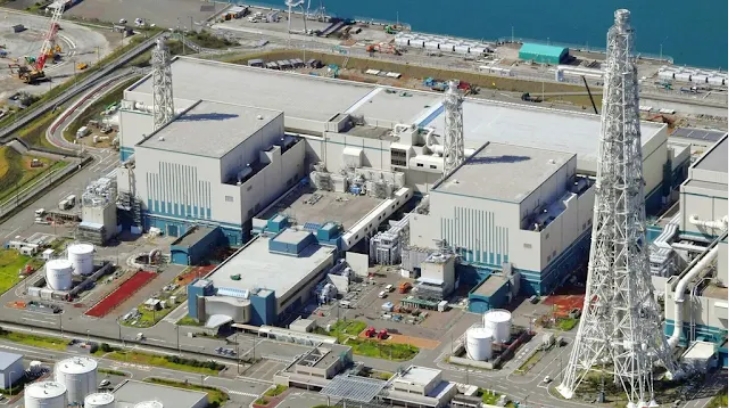
According to media reports, a government official from Saito's ministry is scheduled to meet with Hanazumi on March 21. This marks the first direct request by the Japanese government for the restart of the Kashiwazaki-Kariwa nuclear facility, which is owned and operated by Tokyo Electric Power (TEPCO). The plant comprises seven reactors with a combined generation capacity of nearly 8,000 MW.
The meeting planned for this week follows the permission granted by Japan's Nuclear Regulation Authority (NRA) in December to restart operations at Kashiwazaki-Kariwa.
The Kashiwazaki-Kariwa plant was inactive for almost two years following an offshore earthquake in July 2007. After Unit 7 underwent upgrades to enhance its resilience to seismic activity, it was restarted in May 2009. Subsequently, Units 1, 5, and 6 were also restarted, but the remaining three units remained offline before the Fukushima earthquake and tsunami in March 2011.
According to the U.S. Energy Information Administration (EIA), by the end of 2023, Japan had seen the return to commercial operation of 12 reactors, with plans underway to restart eight more. Another five reactors, including Units 6 and 7 at Kashiwazaki-Kariwa, have cleared a government safety assessment, while an additional 10 reactors are currently undergoing review, as reported by the EIA. TEPCO has yet to confirm whether it intends to restart the other five reactors at Kashiwazaki-Kariwa.
Spanning approximately 1,000 acres, the Kashiwazaki-Kariwa nuclear plant extends across parts of two towns in Niigata Prefecture, situated along the coast of the Sea of Japan. The initial five units, each equipped with a boiling water reactor, have a capacity of 1,067 MW and were commissioned between 1985 and 1994. Units 6 and 7, utilizing advanced boiling water reactor technology, boast a capacity of 1,315 MW each, having commenced operations in 1996 and 1997, respectively.
While the restart of Units 6 and 7 at Kashiwazaki-Kariwa was sanctioned in 2017, TEPCO delayed resuming operations at that time. However, fuel reloading at the plant received approval in December of the previous year following the NRA's endorsement of its safety evaluation.